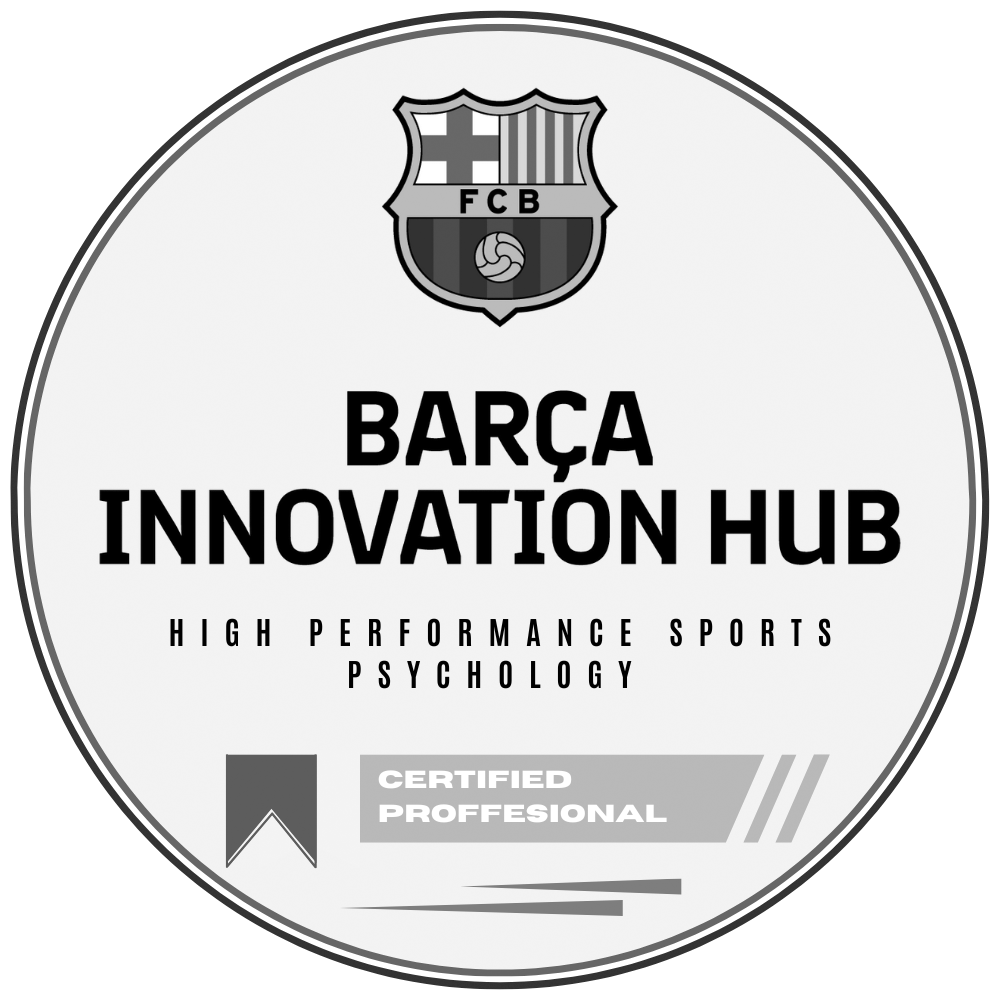More than ten years ago, I wrote a blog unpacking Daniel Goleman’s six leadership styles. His framework—especially Leadership That Gets Results—was foundational for me at the time. Goleman offered a compelling perspective: leaders are most effective not when they stick to one style, but instead shift fluidly, like jazz musicians responding to the rhythm of the room.
That original piece struck a chord with many clients. It offered structure to instinct, helping leaders name what they were doing, and why. I still reference Goleman’s work often, especially in early-stage coaching conversations, when leaders are trying to understand their defaults or expand their emotional agility.
But my thinking has evolved
Over the past five years, I’ve worked closely with executives in more than a dozen countries—from financial institutions and multigenerational family firms to healthcare systems and fast-scaling startups. The patterns I’m seeing now go beyond flexibility or emotional range. Leadership today, more than ever, is about being deeply anchored while staying responsive to complexity. It’s about holding both vision and ambiguity. It’s about depth of purpose, not just breadth of style.
In that spirit, I’ve come to recognize a set of leadership approaches that are showing up again and again—especially in leaders who are navigating transformation, complexity, and legacy. Some build on Goleman’s foundations. Others represent a deeper shift in how leadership is understood and embodied.
Here are five leadership expressions I see emerging—and why they matter now.
1. Servant Leadership: Humility, Stewardship, and Real Strength
This is not a soft or submissive form of leadership. In fact, it may be the most quietly courageous. Servant leadership is anchored in care, humility, and a commitment to something greater than personal ambition. It’s the kind of leadership that begins with the question: How can I help you succeed?
Over the years, I’ve seen a shift in what teams value most in their leaders. They don’t just want brilliance or charisma. They want presence. They want someone who listens deeply, admits when they don’t know, and shows up for others without making it about themselves. They want someone who holds power with responsibility, not entitlement.
Servant leaders don’t lead from the front or the top—they lead from alongside. They know that trust isn’t earned by command, but by consistency. They’re grounded, but not rigid. Decisive, but not dominating. They don’t mistake control for leadership. And in today’s volatile and uncertain world, their steadiness is more valuable than ever.
I’ve learned this the hard way, too. Earlier in my career, I thought leadership was about clarity, certainty, having the right answer. But time has taught me that often, the real work is about being the right presence in the room—especially when the answer isn’t yet clear.
2. Mission-Centric Leadership: Deepening the Why Behind Service
Rather than standing apart from servant leadership, mission-centric leadership can be seen as its deepening—shifting the focus from how we serve others to why we serve, and how that shared purpose shapes decision-making across the entire organization.
Where servant leadership is often relational—focused on humility, presence, and care—mission-centric leadership adds another layer: a clear, often transcendent purpose that orients not just the leader, but the entire system. It’s about anchoring leadership in something greater than personal or even team success.
In many cases, that mission is faith-based—rooted in spiritual principles or moral responsibility. In others, it’s a social imperative, a generational vision, or a bold commitment to human dignity. What unites these leaders is a relentless clarity: they know what they serve, and they keep that front and center.
This type of leadership asks harder, deeper questions. Does this choice honor the mission? Are we drifting from why we exist? How do we align systems—not just behavior—with purpose? It’s about infusing hiring, budgeting, governance, and even culture-building with that sense of direction.
In a time of increasing complexity and noise, mission-centric leadership gives people something to return to. It’s not reactive. It’s reflective. Not performative, but anchored. It reminds us that leadership isn’t just about serving others—it’s about remembering what we are serving together.
3 Transformational and Innovative Leadership
This isn’t about flashy disruption. It’s about leaders who can inspire change by being the change. They bring energy into the room not because they have the loudest voice, but because they hold a compelling vision—and they invite others to build it with them.
In one coaching conversation with a CEO of a fast-growing fintech company, I asked what his team most needed from him right now. He paused and said, “Not answers. They need to see that I still believe.” That moment stayed with me. Transformational leaders don’t always have clarity, but they have conviction. They are willing to reimagine what's possible and experiment toward better outcomes, especially when the road isn’t clear.
4. Inclusive Co-Creation & Shared Governance
Leadership is no longer about being the smartest person in the room. It’s about creating rooms where people feel smart, safe, and seen. This style shows up in organizations that adopt distributed decision-making, stakeholder engagement, and participatory frameworks—what some call “the bowtie model” or “shared power.”
In coaching family business boards, I’ve seen this style emerge organically—sometimes out of necessity. When no one person has full control, collaboration becomes the only way forward. But the best co-creative leaders don’t just tolerate diverse views—they seek them. They know the process might take longer, but the outcomes are richer. And trust me: the quality of that process reveals everything about the maturity of a leader.
5. Mission-Anchored Leadership Development: Forming, Not Just Training
One pattern I’ve seen emerge in purpose-driven organizations—especially those grounded in strong values or long-standing traditions—is how seriously they take the work of forming leaders, not just training them. In these environments, leadership development isn’t reduced to skill workshops or quarterly check-ins. It’s something deeper. More intentional. Almost sacred.
In one such organization, I learned about a program where senior leaders spend time away from the day-to-day, retracing the origin story of the institution. It wasn’t a seminar. It was a pilgrimage—a deliberate return to the questions that first gave the organization its meaning: Why do we exist? What do we stand for? Who are we here to serve?
That experience reshaped how I think about leadership development.
Because when the world moves fast, the temptation is to focus only on tactics. But real leadership—sustainable, values-aligned leadership—requires something else. We must invite leaders into a deeper relationship with who they are becoming.
That’s what coaching ultimately is. Not skill acquisition, but identity work. Not just behavior change, but meaning-making. The best organizations understand this—and they give their leaders space, language, and support to lead from that deeper place.
So, What Kind of Leader Are You—Today?
If I could rewrite that blog from a decade ago, I’d still include Goleman’s six styles. They remain practical and emotionally intelligent. But I’d now add these five: servant leadership, mission-centric conviction, transformational vision, inclusive co-creation, and mission-anchored development.
Because leadership today isn’t just about adjusting your tone or flexing your style. It’s about knowing what you serve—and leading from that place, especially when it matters most.
The best leaders I know aren’t defined by charisma. They’re grounded by courage. They’re not just efficient—they’re emotionally present. And they’re not afraid to live inside the hard questions.
What about you?
What leadership patterns are showing up in your world? Which styles have shaped you—or challenged you—lately?
Let’s keep the conversation going. Leadership, like life, doesn’t stand still.
#LeadershipInPractice #ExecutiveCoaching #ServantLeadership#PurposeDrivenLeadership #MissionDriven #TransformationalLeadership #LeadershipDevelopment #ConsciousLeadership #LeadWithPurpose #EmotionalIntelligence #LeadershipMatters #ModernLeadership #IdentityDrivenLeadership



.svg.png)










.png)


